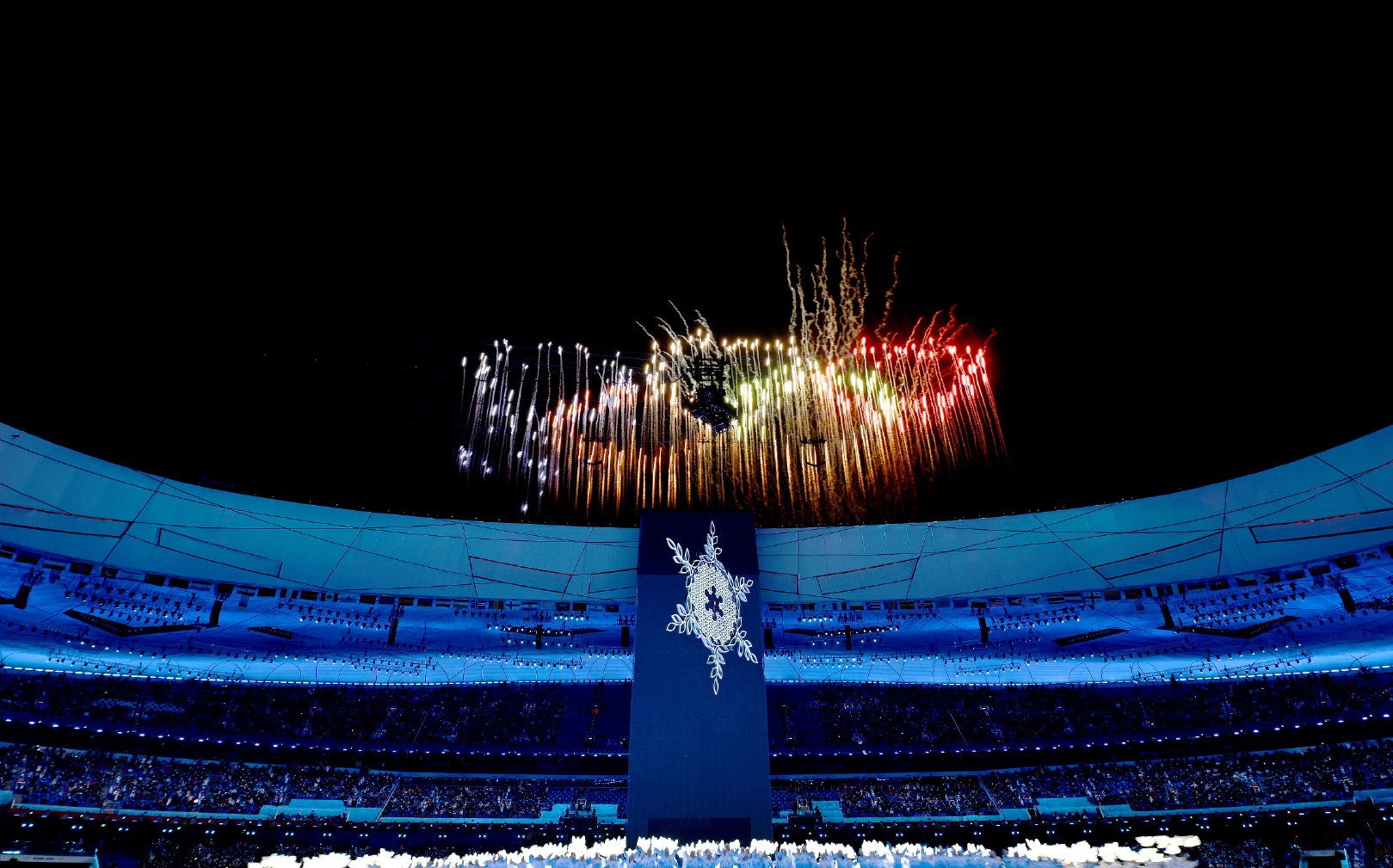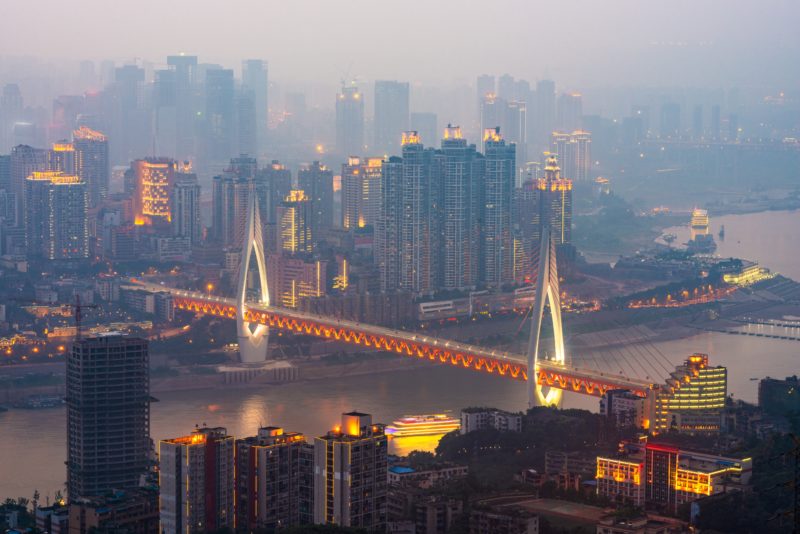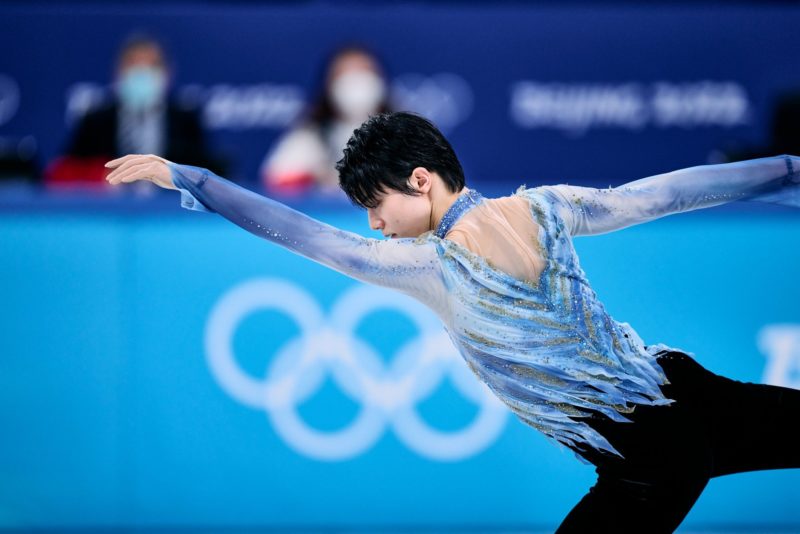There has long been an issue for Olympics hosting countries to make use of venues after the event. For example, the main venue of the Olympic Games Rio 2016 has barely been used and almost became a wasted area just six months after the Olympics Games. Therefore, how to make Olympics more sustainable remains a huge challenge. Before this year’s Winter Olympics, China announced they were to make the huge winter event 100% carbon neutral and keep in line with the mission to achieve carbon neutrality by 2060.
This February, the opening ceremony of the Winter Olympics attracted worldwide attention and Beijing has been in the spotlight during this huge event. Taking a closer look, you will find some venues quite familiar as six of the Beijing 2008 Olympics sites were re-used this time for different competitions. For example, Beijing National Aquatics Center (the Water Cube) will hold the curling games while the Wukesong Arena is the venue for ice hockey games.
With the cutting-edge Carbon Dioxide Refrigeration system, the carbon emissions of all venues are close to zero, which is a huge step for sustainable development. Also, over 80% of shuffle buses for stuff and athletes are using clean energy to reduce the carbon footprint. In Beijing 2008 Olympic Games, more than 500 clean energy vehicles were powered by lithium batteries. However, this year’s Beijing Winter Olympics, the major energy has become hydrogen – more than 1,000 vehicles are fuelled by hydrogen.
The air conditioners and lighting used in venues are all powered by renewable energy which comes from Zhangjiakou. The city has abundant wind and solar energy resources. By the end of 2020, the total installed capacity of renewable energy in Zhangjiakou city has exceeded 20 million kilowatts, making it the largest city in the country for non-water renewable energy.
In addition, the waterproof and windproof jackets for officials, staff, and volunteers are partly made from wasted plastic bottles and fabrics. This year’s Winter Olympic Games is a huge platform, not only welcoming worldwide athletes to compete at the highest level but also showcasing the green development in China.
Read more:









